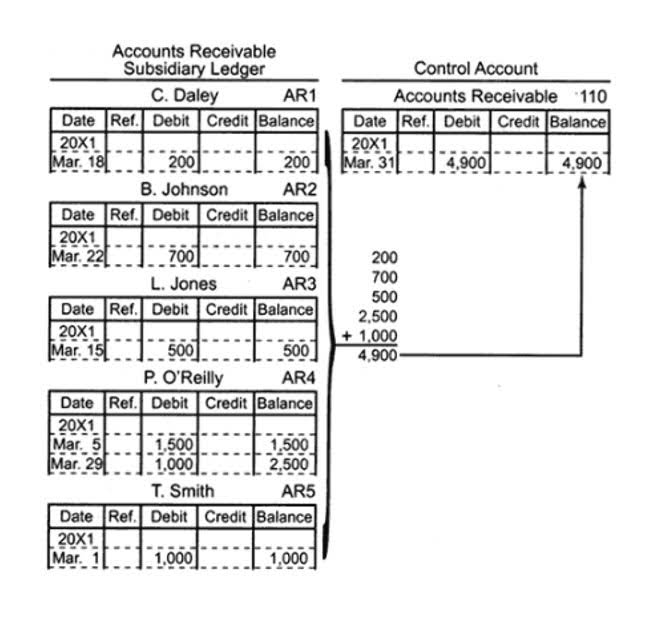Financial Consolidation: Process, Importance, Challenges, and Best Practices
The consolidated financial statements are a combination of the parent company’s financial statements and those of its subsidiaries. These statements provide a comprehensive view of the group’s financial performance and position. They include the consolidated balance sheet, income statement, statement of cash net sales flows, and statement of changes in equity. In the financial consolidation process, intercompany reconciliation ensures the consolidated financial statements accurately reflect the group’s financial position without inflation from internal dealings.
FAR CPA Practice Questions: Subsequent Event Disclosures and Calculations
To overcome this challenge, finance teams unify the charts of accounts across all entities by mapping each subsidiary’s accounts to a standardized framework aligned with the parent company’s reporting requirements. This unification ensures consistency and comparability of financial information across the group. Understanding the difference between these methods ensure that finance teams comply with financial reporting standards and provide stakeholders with transparent and reliable information. A consolidated financial statement reports on the entirety consolidation accounting of a company with detailed information about each subsidiary.
Different ERP Systems Between Subsidiaries
Intercompany transactions present a unique set of challenges in financial consolidation. Eliminating these transactions is essential to prevent overstating revenues, expenses, assets, and liabilities, but the process is complicated by the variety of intercompany dealings. Subsidiaries often use different general ledgers or charts of accounts, especially in organizations that have grown through acquisitions.
Examples: Consolidated Financial Statements Using Full Consolidation
- Parent companies/investors owning less than 20% to over 50% of a company’s shares may use the equity consolidation method for reporting.
- Consolidation gives investors, creditors, and other stakeholders a holistic picture of a corporation’s total assets, liabilities, revenues, expenses, and cash flows.
- By following this step-by-step guide, businesses can ensure the accuracy and compliance of their consolidated financial statements.
- Implementing financial consolidation software solutions and FP&A tools automates data collection, currency conversion, and intercompany reconciliations.
- The purpose is to provide a comprehensive view of a company’s overall financial health and performance.
- There are, however, some situations where a corporate structure change may call for a changing of consolidated financials, such as a spinoff or acquisition.
- Financial accounting consolidation works with companies that own more than 50% shares of the subsidiary company.
Identifying reporting entities Law Firm Accounts Receivable Management involves a thorough review of the parent company’s ownership interests in subsidiaries. In some cases, a parent company may have a controlling interest in a subsidiary even without holding a majority of the voting shares. Control can be established through other means, such as contractual arrangements or significant influence over the subsidiary’s operations.
Types of business amalgamations
- Instead, they can access real-time consolidation data, leading to continuous performance insights, time-sensitive analysis, and better decision-making.
- To streamline the consolidation process and ensure accuracy, many companies utilize financial consolidation software.
- Overall, consolidated statements offer greater transparency for analysis and decision-making.
- Subsidiaries significantly impact areas like total assets, revenues, operating costs, debt obligations, and cash flows.
- The primary accounting models for consolidation are the voting interest entity model and the VIE model.
Effectively, if you did not make an adjustment for the PUP, the group would be recording a profit of $500 from selling inventory to itself. This inflates the value of the inventory held by the group in the statement of financial position and the profit in the statement of profit or loss. Remember, closing inventory is a component of cost of sales so the adjustment for PUP affects both the statement of profit or loss and the statement of financial position. While both IFRS and US GAAP aim for transparent financial reporting, they differ in consolidation approaches. IFRS focuses on the principle of control, requiring consolidation when one entity controls another, regardless of ownership percentage. US GAAP, however, includes specific rules like the Voting Interest Model and Variable Interest Entities.
- This method allows each entity to understand the operational efficacy of the joint venture, including things like production costs and profit margins.
- The consolidation method is commonly used when a parent entity has control over one or more subsidiaries.
- For parent companies of all sizes, consolidation accounting is a significant part of what your FP&A and CFO functions do.
- This process involves more than just simple addition; you actively make adjustments for intercompany transactions and currency conversions and adhere to accounting standards throughout consolidation.
- If the legal entity is a VIE, the reporting entity uses the VIE model to assess whether to consolidate; otherwise, it uses the voting interest entity model.
Type 3: Equity Consolidation
This is why small, mid-size, enterprise, and multinational companies alike are turning toward cloud-based technologies. By consolidating disparate financial data into a centralized repository, parent companies enhance visibility into their investments, profit, expenses, and overall financial health. Financial consolidation and consolidation accounting have been done manually and with spreadsheets for many years. While spreadsheets are widely used by Finance and Accounting, they weren’t designed to support a complex process like financial data consolidation. This could happen due to the sale or disposal of a controlling interest, among other reasons.





